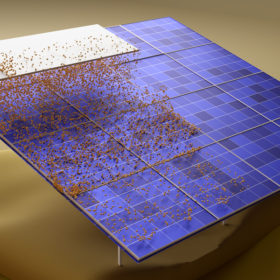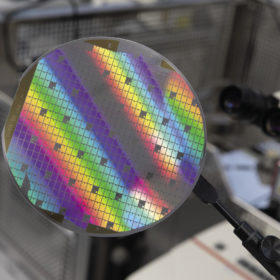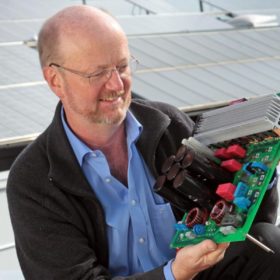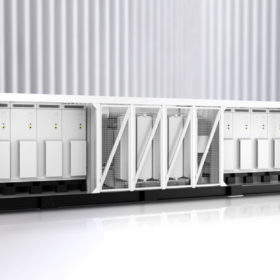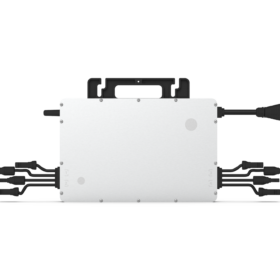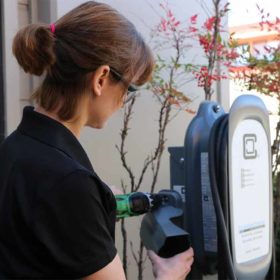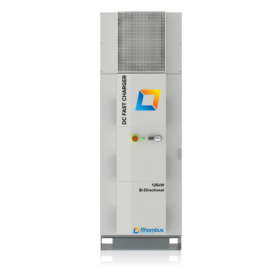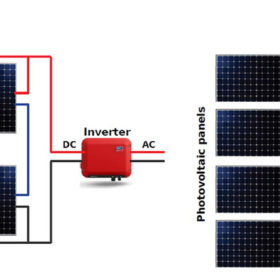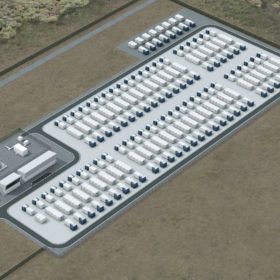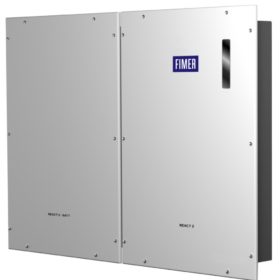MIT scientists develop waterless PV cleaning system
Scientists from the Massachusetts Institute of Technology have developed a system that can be operated at a voltage of around 12V, with a 95% recovery rate for lost power after cleaning. The waterless system can be operated automatically via an electric motor.
Weekend read: Silicon carbide’s second coming
Silicon carbide (SiC) has promised inverter makers higher power density, higher efficiency, and a total bill of materials that comes in closer to its more established rival in silicon. Has SiC finally arrived? Tristan Rayner spoke to the people at the forefront of the wider-bandgap material to find out the back story and what’s next.
Fraunhofer ISE reaches legal settlements with seven inverter manufacturers who infringed its patent
In 2002, the Fraunhofer ISE patented the HERIC circuit for highly efficient inverters. Since then, the institute says, it has recorded out-of-court settlements in seven patent infringement lawsuits against companies from China, Taiwan and Germany.
Sungrow presents new central inverter
Called the 1+X modular inverter, the new product can be deployed, by combining eight units, to reach a power of 8.8MW. It also features a DC/ESS interface for the connection of storage energy systems.
Micro-inverter for high-power solar panels from Hoymiles
The device has a 4-in-1 design, which means it can be connected with four solar panels with a power output of up to 625 W each, through four independent connections. The output of each panel is tracked and converted individually. According to the Chinese manufacturer, the micro-inverter can ensure savings of up to 50% due to the lower number of devices and cables needed.
Enphase acquires ClipperCreek to enter the EV charging market
The completed acquisition of ClipperCreek launches Enphase Energy into the fast-growing market for electric vehicle charging systems.
Ever heard of synchroinverters? Grid-stabilising devices connecting renewables to distributed energy resources
A U.S.-Israeli consortium is developing synchroinverters – inverters that mimic a synchronous generator and are able to actively respond to the grid’s frequency changes while stabilising the voltage. The new devices are expected to do this simultaneously and provide grid stability services in less than 16.67 milliseconds.
Micro-inverters vs. string inverters
A French research group has compared the performance ratio of 100 PV systems relying on micro-inverters with that of 100 installations relying on string/central inverters. It found the performance ratio is around 79% for both system typologies and that arrays with micro-inverters are more sensitive to environmental factors.
Grid-forming big battery breaks ground in South Australia
AGL has “broken ground” at Torrens Island power station in preparation for the construction of its 250 MW/250 MWh battery which has drawn interest for being the largest planned grid-forming battery in the world.
Consistency shines bright in battery storage testing
Independent battery performance and reliability tester ITP Renewables has been running its trial of solar storage batteries since 2016. Over the years one of the broad conclusions to be drawn is that home storage systems are by no means reliable across the board. However, some few systems stand out, including Fimer’s hybrid solar inverter and storage solution, the React 2.
